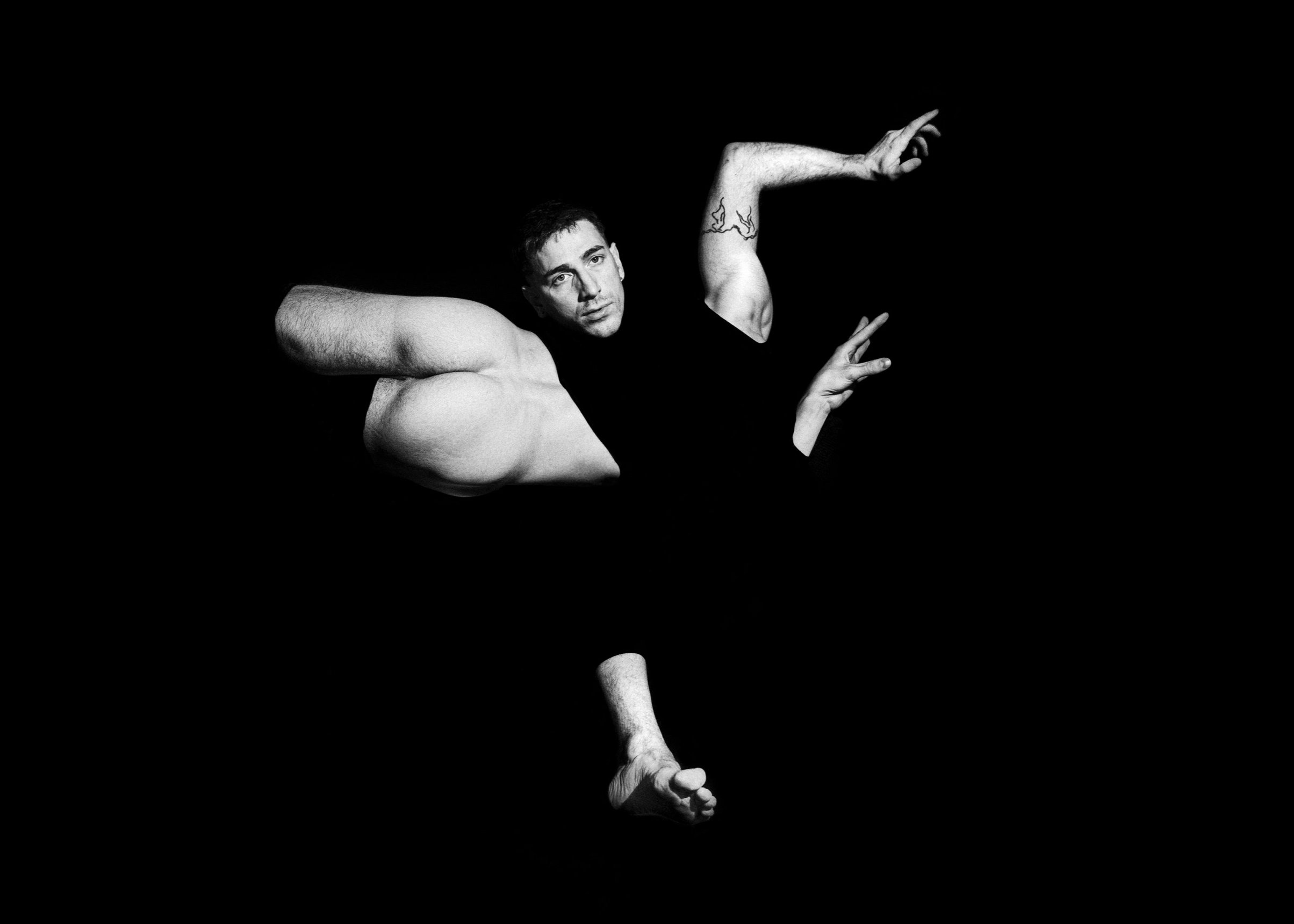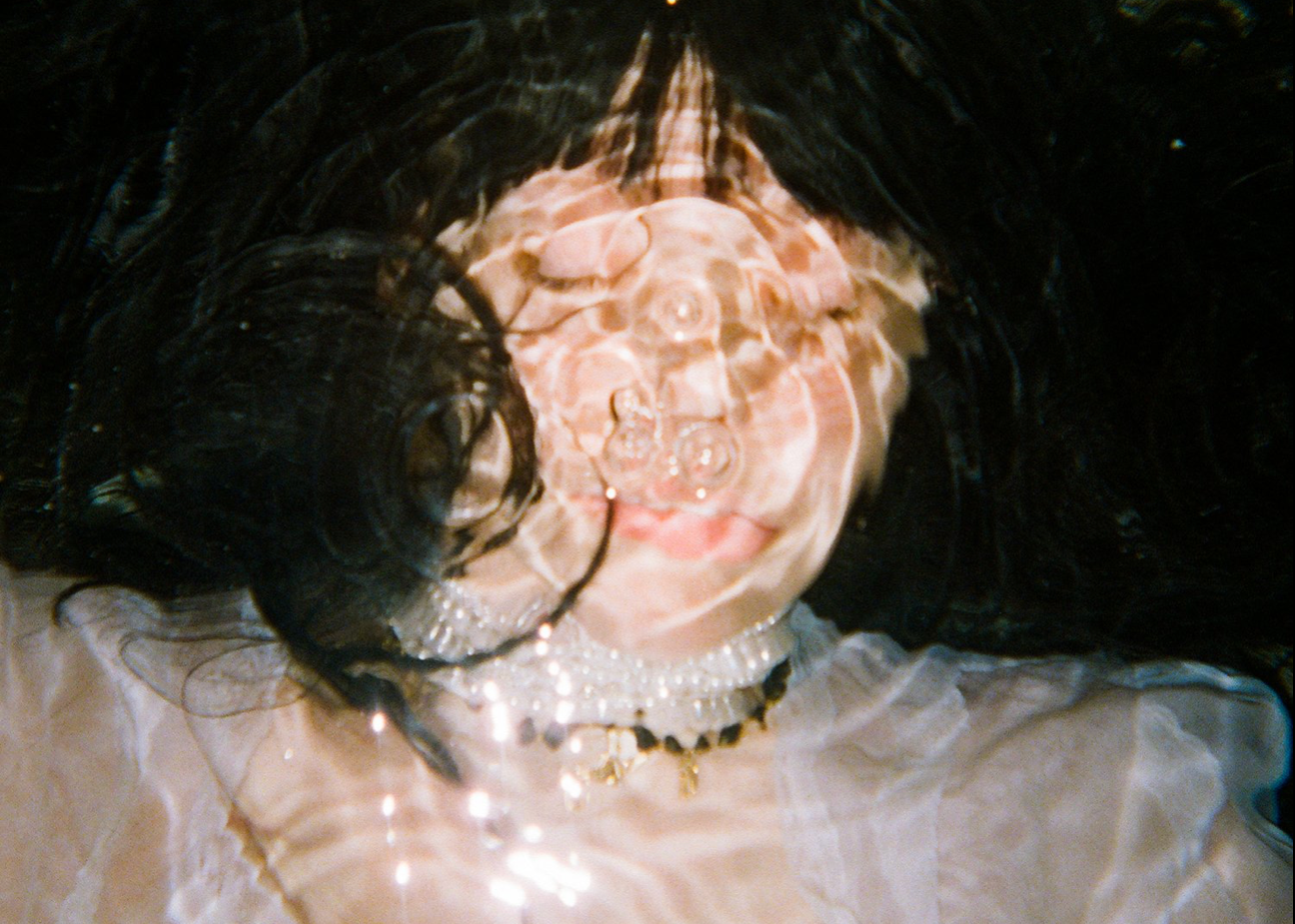Krzysztof Kieślowski is a Polish director known for his enigmatic, elusive narratives. Beginning his filmmaking career making documentaries, Kieslowski carried over the genuine emotions and realities he captured in his documentaries to his narrative films. He utilized many techniques to help portray intense, realistic character emotions throughout his films. His use of fade-ins to the same moment in time, trans-narrative film beats, and his use of colors to signify important moments were all ways in which Kieslowski molded a penetrating reality. These techniques were evident in his Three Colors trilogy films, Blue, White, and Red.
Kieslowski employed fade-ins in an unusual way to draw attention to specific information that affects a character. In a given scene, Kieslowski would fade to black and then fade back in to the same moment in time. Fades are typically used to show the passing of narrative time; however, when Kieslowski uses them, time passes for the character’s mental state as a means of eluding back to a certain emotion or period in time. Time, then, becomes character time instead of real or narrative time. In Blue, Julie meets with Antoine for coffee so he can give her the cross necklace he found at the scene of the accident that killed her husband and daughter. He tells her that her husband was still alive when he got to the car and asked if she had any questions about that time. She says “no” and the scene fades to black. When it fades back in, we remain on Julie’s face as she apologizes and they continue the conversation.
This fade out and fade in at this moment serves to extend Julie’s character time as she resurfaces memories and feelings from the crash that killed her family.
Kieslowski also uses trans-narrative film beats throughout his connected trilogy to reveal different aspects about the characters. A trans-narrative film beat, as described in this essay, is a short scene embedded in different films that serve to give greater insight into how the main character interacts within their world. In Blue, White, and Red, Kieslowski includes a short scene of an elderly person hunched over from old age and kyphosis, trying to discard a bottle in a recycling bin just above their reach. The main characters in both Blue and White sit idly, looking on or ignoring the action in front of them, but in Red—Valentine goes up to help the old woman.
This narrative shift reveals a lot about the main characters and their place, or personal view of their place, within their society and how willing they are to interact with others and within their world.
The use of color in the Three Colors trilogy is intentionally used to motivate the narrative. While the films are named after colors, these specific colors do much more than offer designations for their respective films. Blueuses an incredibly blue swimming pool to show Julie alone and secluded. She is surrounded, literally swimming, in blue emptiness after losing her family and trying to re-start her life.
In White, the cold Polish winter serves as the backdrop for the film. When Karol is taken out of the stolen suitcase by his thieves, he is left abandoned in a cold, white snow. This situation emulates his mental state, after being wrongly accused of arson and divorced by his wife.
In Red, when Valentine and the Judge say goodbye to one another before she leaves to go to London, the red auditorium that surrounds them serves to depict their mutual respect and love for one another, despite their disheartening difference in age between the two characters.
In each of his Three Colors films, Kieslowski surrounds the characters in the rich emotions that visually evoke their mental state. The lonely blues, cold whites, and heartening reds fill the screen as well as the characters’ worlds and minds.
Krzysztof Kieślowski’s films utilize a variety of unusual techniques that further his enigmatic storytelling style. His use of fade-ins to the same moment in time, trans-narrative film beats, and motivating colors distinguish Kieslowski as a meticulous storyteller whose poetics seemingly meld the gap between documentary realism and the delicate plots of his narrative films. Stanley Kubrick, another revolutionary director, applauds Kieslowski’s ability to dramatize and show ideas without telling them outright, saying “you never see the ideas coming and don’t realize until much later how profoundly they have reached your heart.” Kieslowski’s meticulous direction and dedication to serving character mentality has had a resounding impact on storytellers over the world and has made him one of Europe’s most profound and influential filmmakers of his time.








